Federated Health Charities’ mission is to improve the health and quality of life of Ontarians. We believe education and prevention are key parts of this. Check out our latest Health Hint on how to prevent lung disease!
What is Lung Disease
Lung disease refers to diseases that prevent our lungs from properly functioning. Our lungs are the organ responsible for breathing in air and then distributing the oxygen into our bloodstream (Canadian Lung Association, 2016). Examples of lung diseases include lung cancer and asthma, and lung diseases cause a heavy human and economic burden in Canada (Canadian Lung Association, 2016). This piece will discuss some of the risk factors for developing lung disease, followed by some prevention methods.
Risk Factors
A 2007 World Health Organization report states that risk factors are divided into several levels, outlining the evolution of the disease’s development.
- The first level comprises underlying socioeconomic, cultural, political, and environmental determinants. These include globalization, urbanization, population ageing, and Westernization –The next level includes common modifiable and non-modifiable risk factors. The common modifiable risk factors are an unhealthy diet, physical inactivity, use of tobacco, indoor and outdoor air pollution, allergens, and occupational agents. The common non-modifiable risk factors listed are age and heredity.
- These lead to the intermediate-risk factors, which are raised blood pressure, raised blood glucose, abnormal blood lipids, overweight or obesity, impaired pulmonary functions, and allergic sensitization.
- Finally, if these conditions worsen, they may lead to chronic respiratory disease.

What Can You Do to Prevent Lung Disease?
While some of the risk factors mentioned above are factors that cannot be changed, the identification of common modifiable risk factors allows us to create and follow effective methods of lung disease prevention.
Five suggestions on how to maintain healthy lungs include:
- stop smoking to slow down aging of lungs and to reduce inhalation of harmful chemicals
- exercise in order to make lungs work harder and become more efficient
- avoid exposure to pollutants as our lungs are unable to resist toxins as we age
- prevent infections by washing hands, covering coughs and getting vaccinated
- breathing deeply to help clear the lungs while also creating a full oxygen exchange
(Story, 2017)
Although lung disease is not completely preventable, it is still important to take any precautions possible to try and avoid developing lung disease. Knowing what risk factors one possesses can help them better anticipate what complications may develop, and following the prevention methods listed above can help stop this development from occurring.
We hope you’ve enjoyed our latest Health Hint!
Written by Faria Raisa Amin
NOTE: This article is intended to provide general health tips based on available research. You should consult with a health care professional for specific medical and dietary instructions that are right for you.
References
Canadian Lung Association. (2016, October 12). Breathing. https://www.lung.ca/lung-health/lung-info/breathing
Canadian Lung Association. (2016, October 12). Lung info. https://www.lung.ca/lung-health/lung-info
Canadian Lung Association. (2019, January 28). Prevent lung disease. https://www.lung.ca/lung-health/prevent-lung-disease
Story, C. (2017). 5 ways to keep your lungs healthy and whole.
https://www.healthline.com/health/understanding-idiopathic-pulmonary-fibrosis/ways-to-keep-your-lungs-healthy-and-whole#1
World Health Organization. (2007). Global surveillance, prevention and control of chronic respiratory diseases.
https://www.who.int/gard/publications/Risk%20factors.pdf






